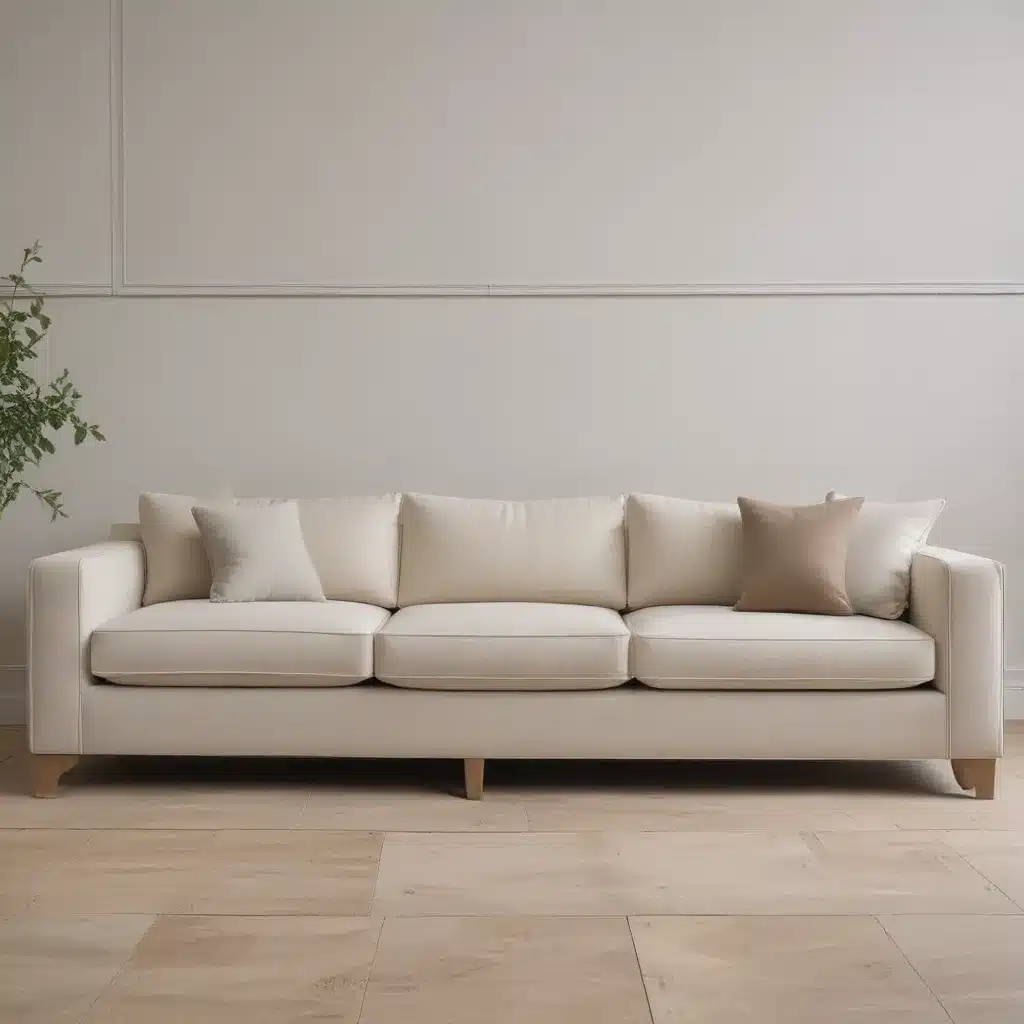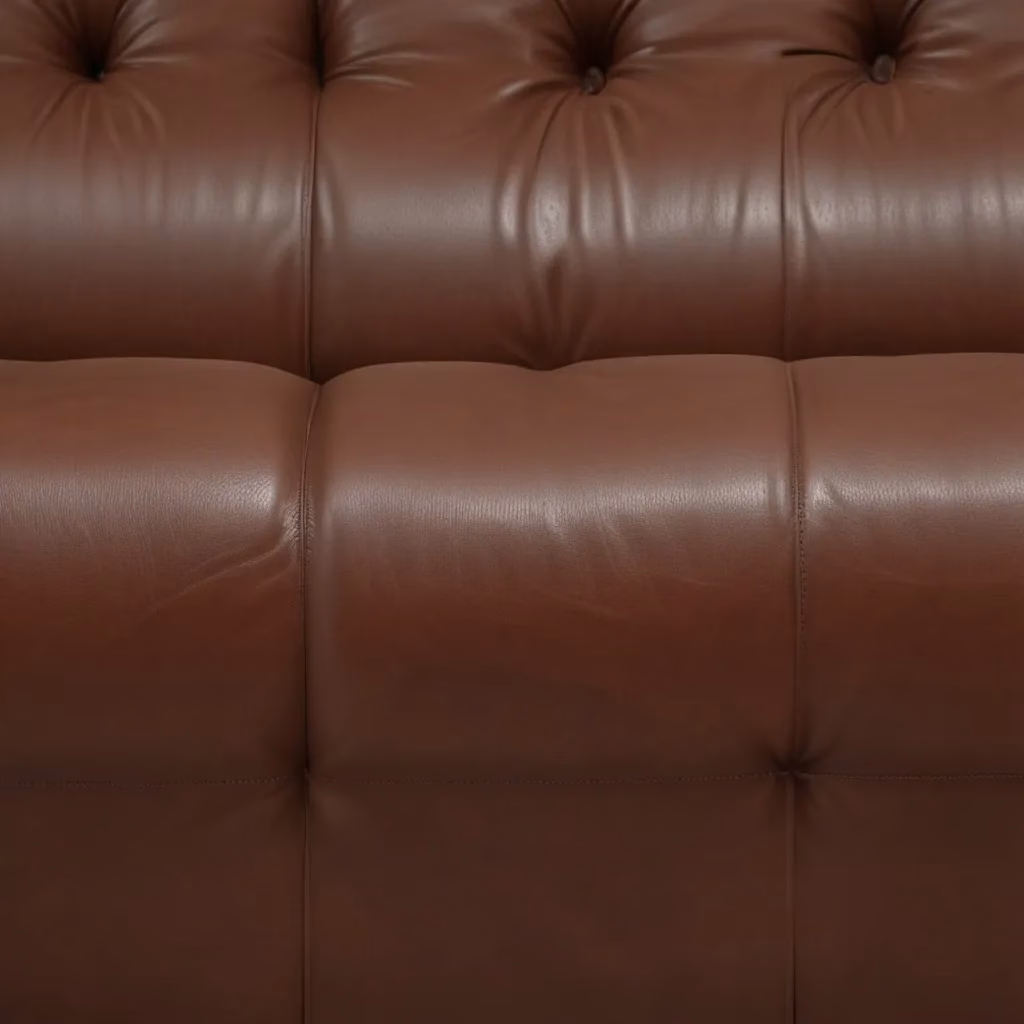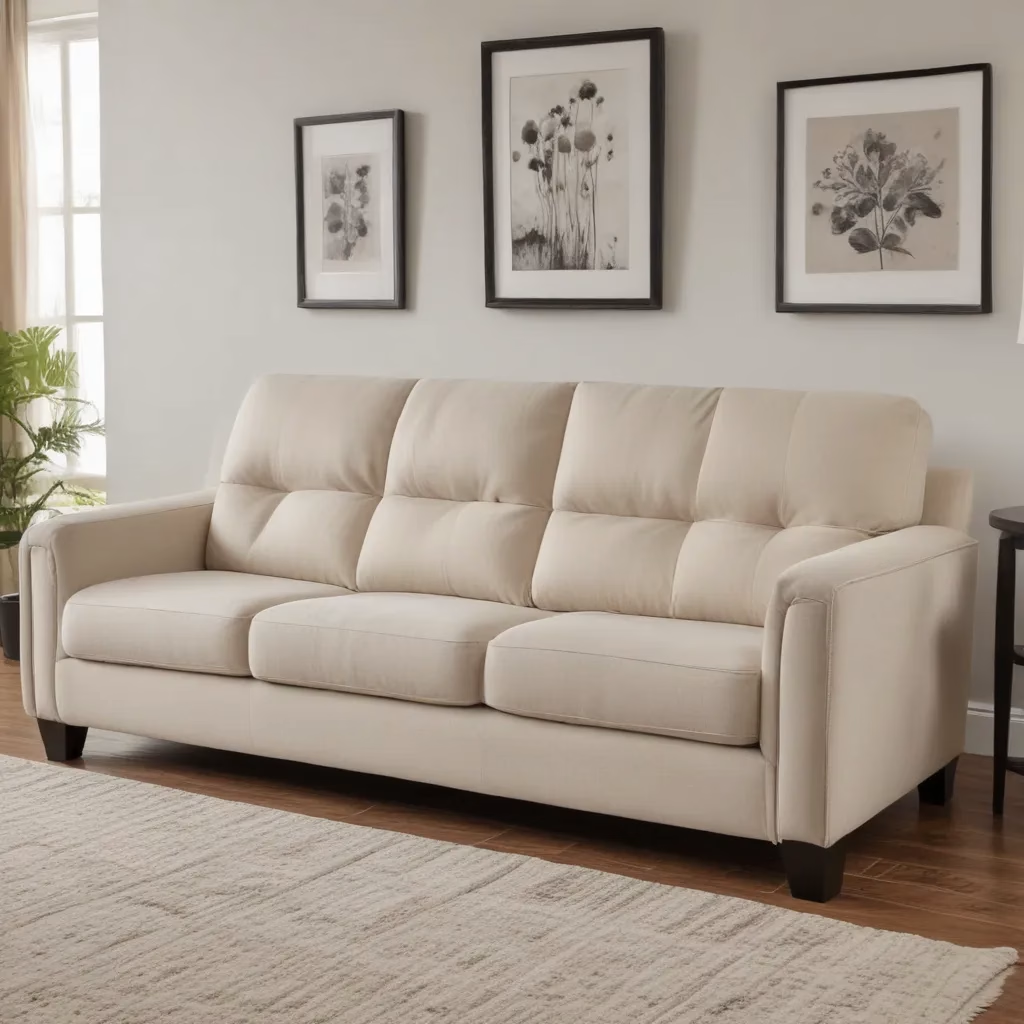The Quest for the Perfect Sofa
I’ll never forget the day I decided to furnish my new condo. As a first-time homeowner, I was thrilled to have my own space, but the empty rooms filled me with a sense of dread. Where would I even begin? Browsing through endless furniture stores and online shops, I was overwhelmed by the sheer variety of sofas available. Prices ranged from £600 to £2,000, and the designs I loved often cost upwards of £1,000 or more. That’s when an idea struck me – why not make my own sofa?
As I delved into researching the DIY sofa-making process, I was surprised by the lack of comprehensive resources explaining the why behind the various design elements. You’d think in this age of DIY and instructional content, there would be plenty of guides with detailed plans and blueprints. But alas, I could only find one such guide, and it was from Australia.
Undeterred, I decided to document my research journey in the hopes that it would be useful for anyone else interested in crafting their own custom sofa. Join me as we explore the world of sofa dimensions and uncover the secrets behind creating the perfect seating experience.
Traditional vs. Modern Sofa Design
Before we dive into the nitty-gritty of sofa measurements, it’s important to understand the two main approaches to sofa construction: the traditional and the modern.
Traditional sofas are those vintage, ornate designs with intricate, carved wood frames and floral fabrics. In these designs, the cushions are built directly into the fabric, and the springs are tied down to the bottom. If the cushion or fabric breaks, the entire sofa would likely need to be redone.
Upholstering a traditional sofa requires a significant amount of skill and specialized tools. It’s a labor-intensive process that’s not for the faint of heart.
On the other hand, modern sofa designs take a more streamlined approach. The cushions are separate from the frame, making them easily replaceable. The springs are also detached from the cushions, allowing for different types of support systems.
Modern sofas typically feature clean lines and the recognizable silhouette that most people associate with a “sofa.” For the sake of simplicity, I decided to focus on this more contemporary style for my DIY project. After all, I don’t have the upholstery expertise or the patience to tackle a traditional sofa build.
Sofa Support Systems: Springs vs. Webbing
Beneath the sofa cushions lies a crucial system of support that ensures a comfortable sitting experience. There are two main methods used: springs and webbing.
Webbing is the more budget-friendly option, involving the weaving of 2-3 semi-elastic bands across a frame. While it’s the cheapest choice, it’s generally advised to avoid webbing when purchasing a sofa, as it can start to squeak and become misaligned over time.
The more high-end option is the use of springs. There are two primary spring systems:
-
S-Springs (Sinuous Springs): These are the more affordable, wavy steel springs that line the underside of the sofa. They’re the most commonly used springs in the majority of sofas.
-
Eight-Way Tied Springs: This superior system involves coiled springs evenly spaced at the base of the sofa, tied together with high-quality twine. The springs are connected in eight different directions, allowing them to distribute weight evenly no matter where you sit. This is the reason why some premium sofas can cost upwards of £2,000, but it also makes for an incredibly sturdy and long-lasting support system.
For my DIY sofa project, I opted for the webbing approach. While springs are the better choice for heavy use or households with active kids, webbing can work well for more casual, light-duty sofas. Of course, if you plan on using your new creation as a trampoline, springs are the way to go!
Decoding Sofa Dimensions
Now that we’ve covered the basics of sofa construction, let’s dive into the all-important question of dimensions. What do those numbers really mean, and how do they translate to the final product?
A standard three-person sofa is generally around 85 inches long, 35 inches deep, and 35 inches high. However, these are just rough guidelines, and the actual dimensions can vary quite a bit.
The maximum length of a sofa is typically recommended to be around 85 inches, as anything longer can make it challenging to navigate through doorways and stairwells. The depth of a sofa is usually consistent, ranging from 30 to 35 inches, while the height can vary from 30 to 36 inches, depending on the design.
But there are several other crucial measurements to consider:
Seat Height: This is the distance from the floor to the top of the seat cushion, typically ranging from 13 to 20 inches. The most common seat height is 18 inches, which is generally considered the most comfortable for the average person.
Seat Depth: This is the length from the front of the seat cushion to the back cushion, with a standard of around 20-21 inches.
Back Height: The standard back height for a sofa is 15 inches, but this can also vary based on design and personal preference.
Seat Incline: For optimal comfort, a 90-100 degree angle at the front of the seat is recommended, with a 5-15 degree incline for the back, depending on whether you prefer a more upright or casual posture.
In my DIY sofa project, I opted to keep the dimensions simple, using right angles throughout and relying on the cushions to provide the necessary comfort and support. After all, as long as it’s the right size for the space and feels good to sit on, that’s really all that matters, right?
Choosing the Right Fabric and Materials
With the framework and support systems sorted out, it’s time to turn our attention to the finishing touches: the fabric and other materials.
For my sofa, I wanted something soft and inviting, so I went with a microfiber upholstery fabric. Microfiber is relatively inexpensive and comes in a wide variety of colors and patterns to suit any style. Plus, it’s durable and easy to clean, making it a practical choice for a high-traffic piece of furniture.
When it comes to upholstery fabric, it’s important to note that it’s typically thicker and more robust than regular sewing fabric. You’ll need to ensure you have a needle capable of piercing through the material, and your sewing machine can handle the extra stress.
Sofa Spectacular, the custom sofa company I’m creating this article for, offers a range of premium fabric options, from luxurious velvet to durable outdoor-friendly materials. The right fabric can truly transform the look and feel of a sofa, so it’s worth taking the time to explore all the possibilities.
Designing the Perfect Sofa
With all the technical details out of the way, it was time for the fun part: designing my dream sofa. I started by scouring the internet for inspiration, looking at various contemporary sofa designs that caught my eye. After sketching out a few different ideas, I settled on a clean, modular design with a few unique touches.
One of the features I really wanted to include was a built-in USB port. That way, I could easily charge my phone or tablet without having to clutter the area with cords and cables. I also opted for a more streamlined, rectangular shape, as I didn’t have the tools or the patience for intricate wood carvings or curved elements.
Once I had a clear vision, it was time to start mapping out the precise measurements. This is where the real challenge began. It’s easy to get caught up in the numbers, but you have to remember to account for the actual width of the wood itself. Those 2x4s may be labeled as 2 inches by 4 inches, but the real dimensions are closer to 1.5 inches by 3.5 inches. Failing to factor in these slight discrepancies can throw off your entire design.
I also had to consider the joinery technique I would use, ensuring that any mortise and tenon joints or pocket screws were properly incorporated into the measurements. It was a meticulous process, but the satisfaction of seeing everything come together perfectly was worth it.
Building the Sofa Frame
With the design finalized and the measurements double-checked, it was time to get to work on the actual construction. I started by carefully cutting the boards to size, following the old adage of “measure twice, cut once.” It may seem tedious, but it’s a crucial step to avoid costly mistakes.
For the base of the sofa, I opted for traditional mortise and tenon joints, as I felt this would provide the sturdiest foundation. While it took more time and effort than simply using screws, the sense of accomplishment I felt when everything fit together seamlessly was unparalleled.
For the rest of the frame, I utilized pocket screws to keep the construction clean and tidy. Pocket screws may not be as strong as their mortise and tenon counterparts, but they’re still plenty robust for the task at hand, and they allowed me to hide the fasteners from view.
Once the frame was complete, it was time to tackle the webbing. This involved carefully stretching and stapling the semi-elastic bands across the base, creating a supportive foundation for the cushions. I may have gone a bit overboard with the number of staples, but I can assure you that those seat supports aren’t going anywhere!
Crafting the Cushions
With the sturdy frame in place, it was time to turn my attention to the all-important cushions. I ordered six foam inserts – three for the seats and three for the backs – and let them decompress for a day after their vacuum-sealed delivery.
While the foam was doing its thing, I got to work on the covers. I measured out the dimensions, allowing for an extra inch or two of fabric on each side to account for the sewing allowance. The seat cushion covers came out to 24 inches wide by 28 inches long by 6 inches high, while the back cushions were 24 inches wide by 16 inches high, with a slight angle from 5 to 6 inches deep.
One crucial mistake I made, however, was not accounting for the extra width when measuring the seat cushions. As a result, when all three were placed side-by-side, they hung off the edge of the sofa by about 2 inches. Not a dealbreaker, but definitely a lesson learned for next time.
To get the foam inserts into the covers, I found that using a vacuum-sealed plastic bag was the way to go. By compressing the foam, I was able to easily slip it into the fabric shell before it re-expanded to its full size. It was a bit of a tight squeeze, but the end result was a perfectly fitted cushion.
The Final Touches
With the cushions in place, the final step was to stain and seal the wooden frame, giving it a clean, polished look. I applied a single coat of stain, following the instructions on the can, and then added a protective sealant once it had dried. Unfortunately, I didn’t want to risk staining my camera, so I don’t have any photos of this process, but trust me, it was a satisfying way to wrap up the project.
To complete the sofa, I made three accent pillows in shades of blue to complement the walls of my living room. Compared to the hours I spent sewing the cushion covers, these little extras were a breeze.
The Sofa-Making Journey: A Reflection
Looking back on the two-month process of building my custom sofa, I can certainly understand why high-quality couches come with such a hefty price tag. There’s a tremendous amount of work that goes into these pieces of furniture, not to mention the specialized tools and skills required.
If you have the time, patience, and a willingness to make a few mistakes along the way, building your own sofa can be an incredibly rewarding experience. But for those who don’t relish the idea of becoming a furniture-making expert, it may be worth considering the Sofa Spectacular team to handle the heavy lifting.
As for me, this DIY project has opened up a whole new world of possibilities. Who knows, maybe I’ll try my hand at building a coffee table next? But for now, I’m just happy to sit back and enjoy my brand-new, custom-made sofa. It may not be perfect, but it’s mine, and that’s what makes it truly special.




